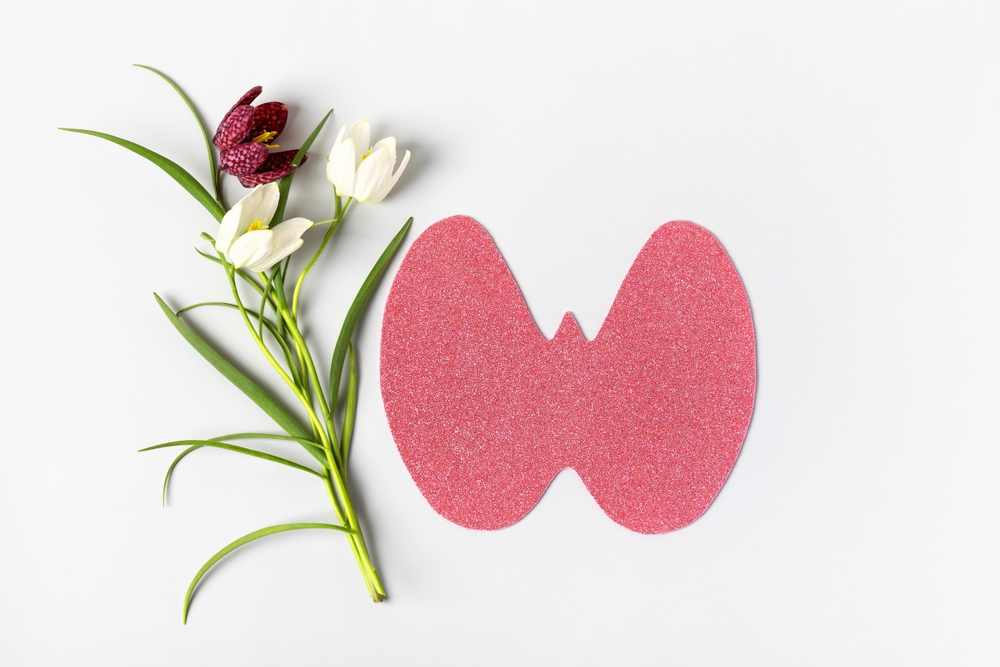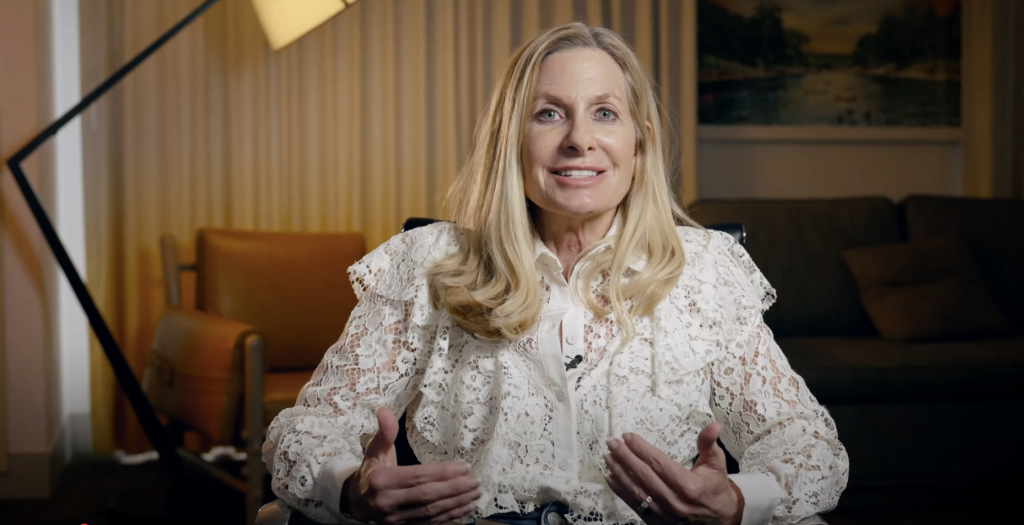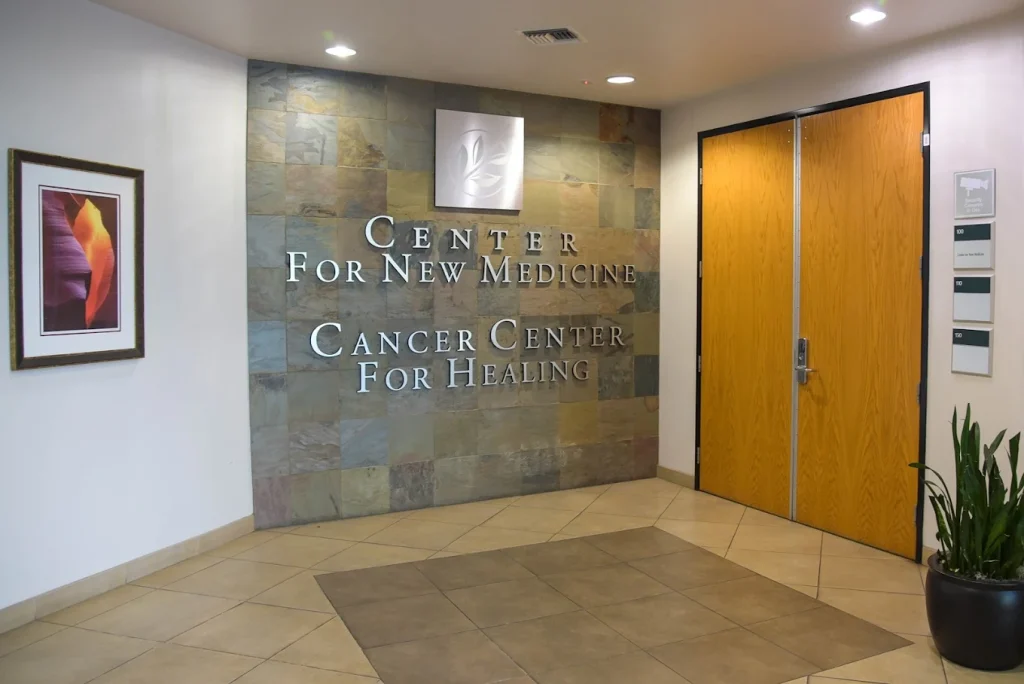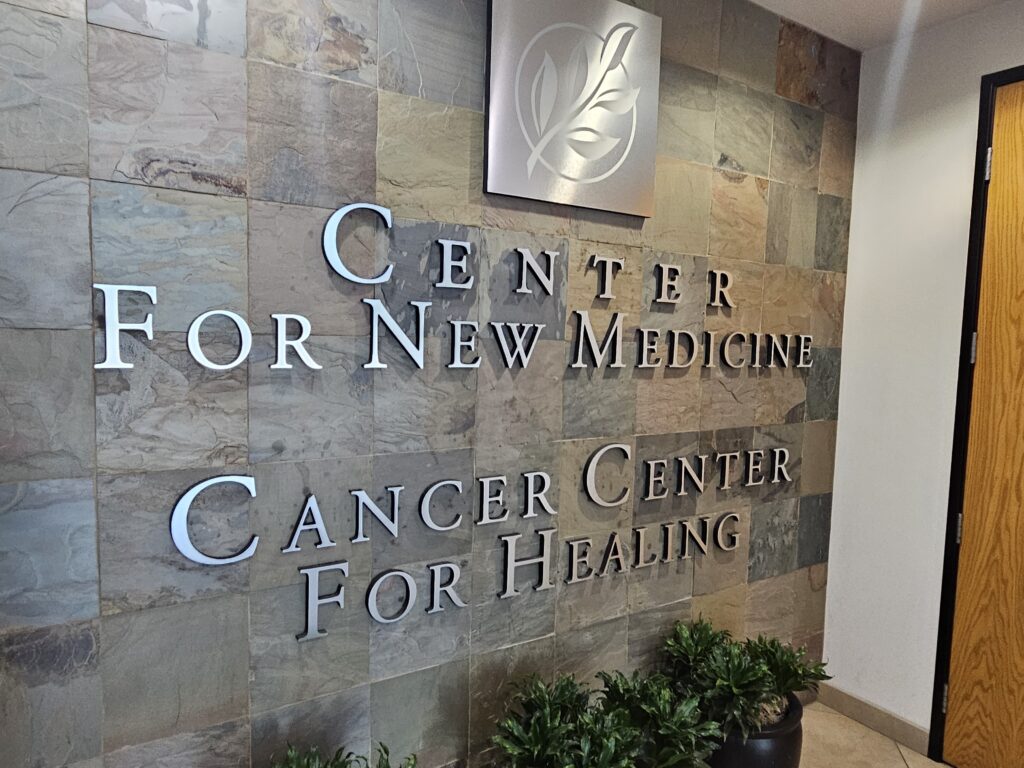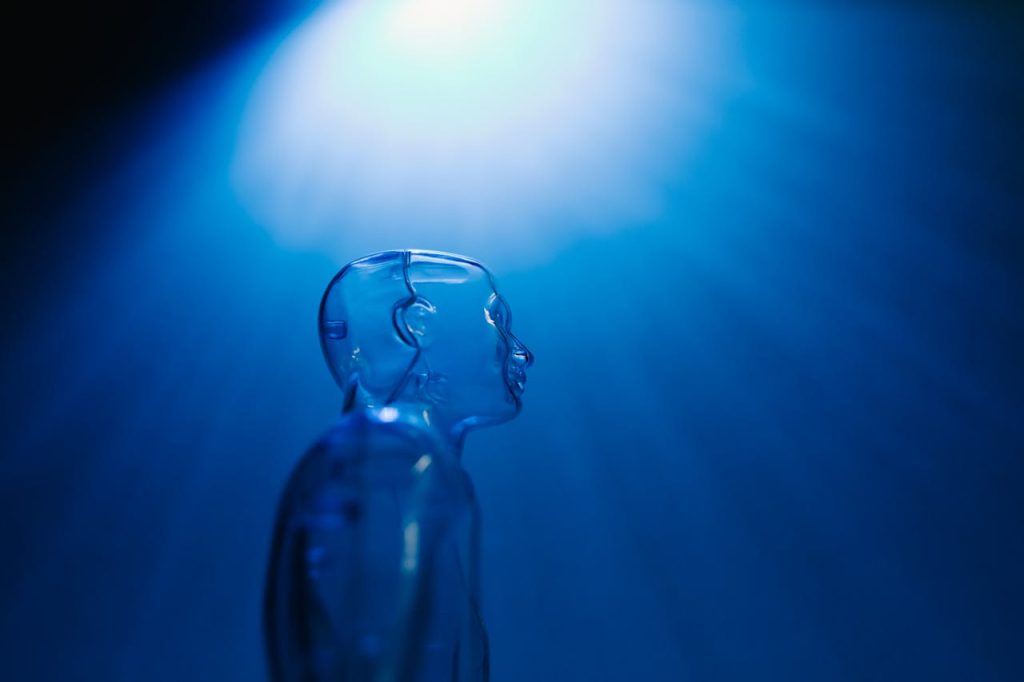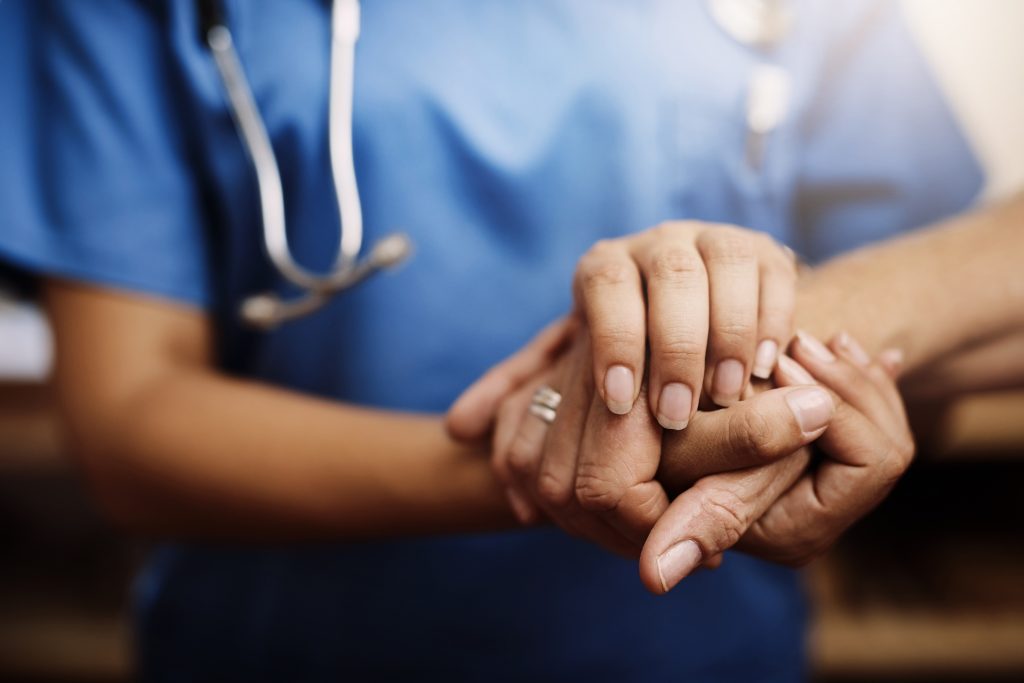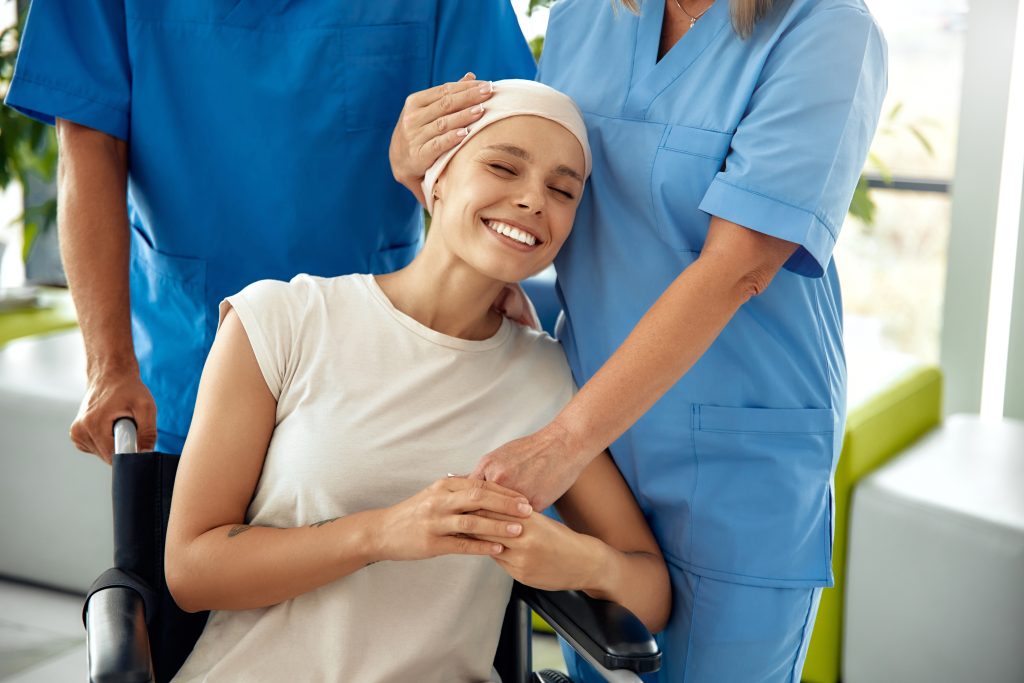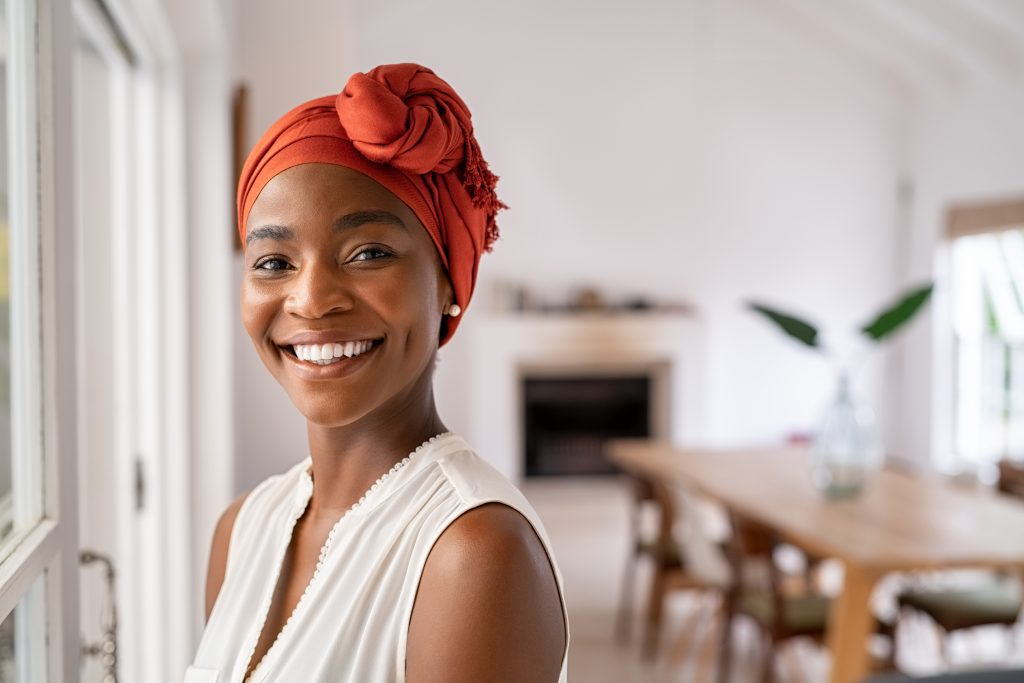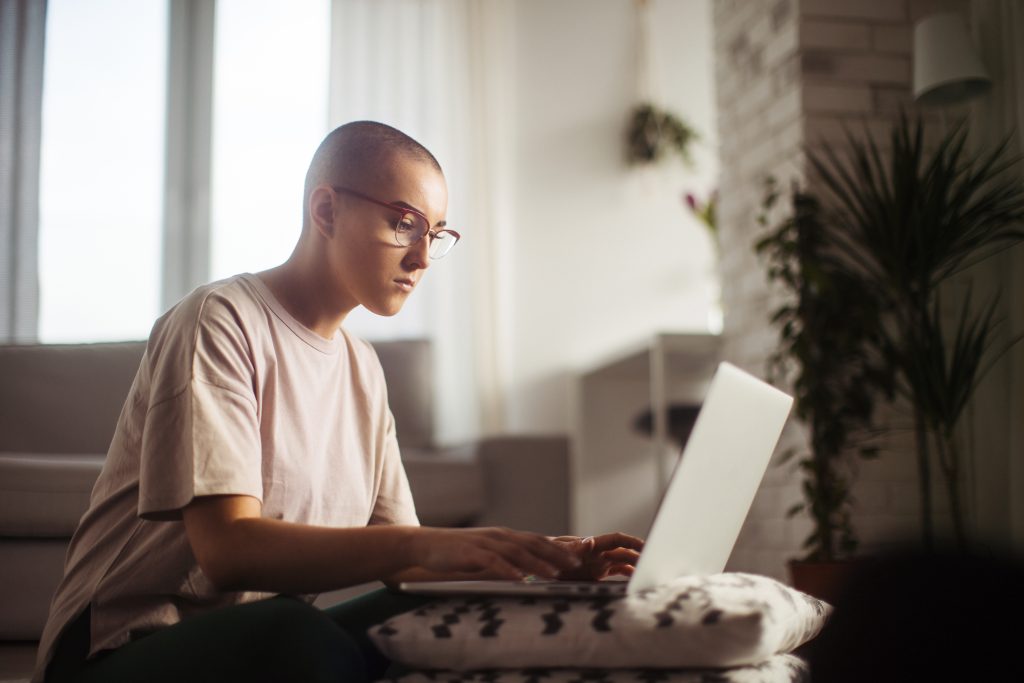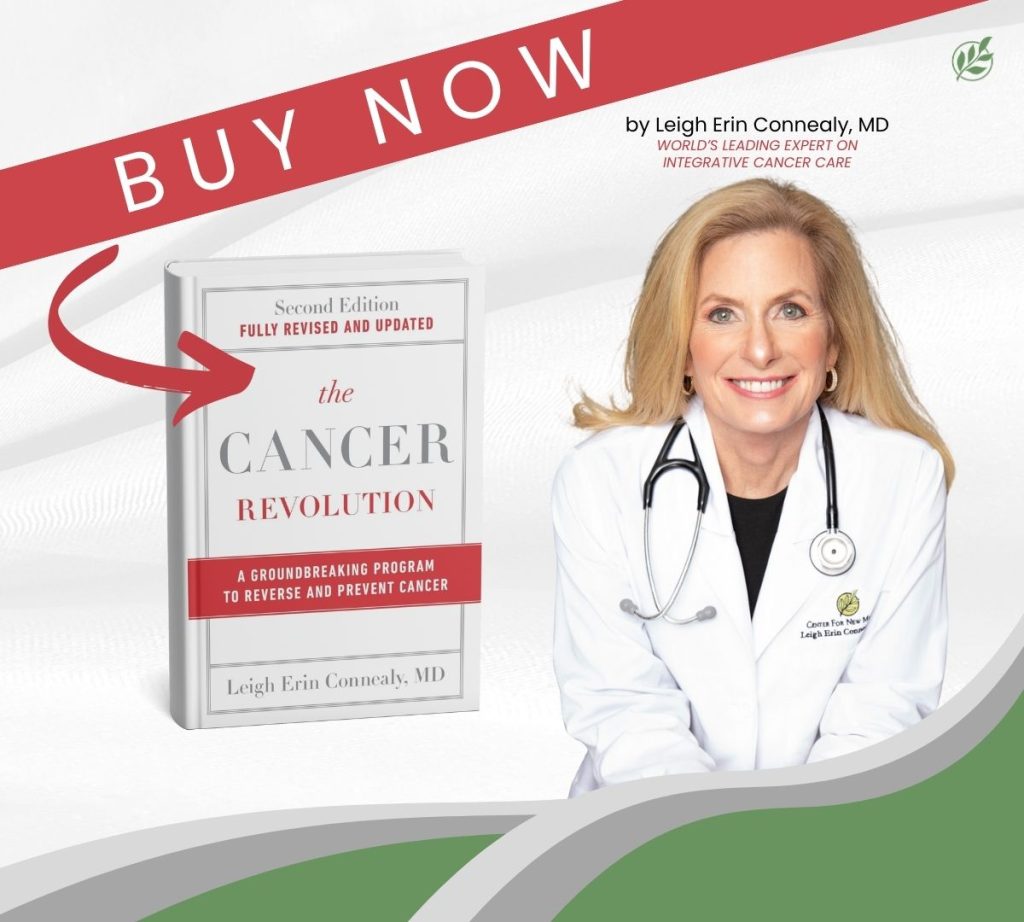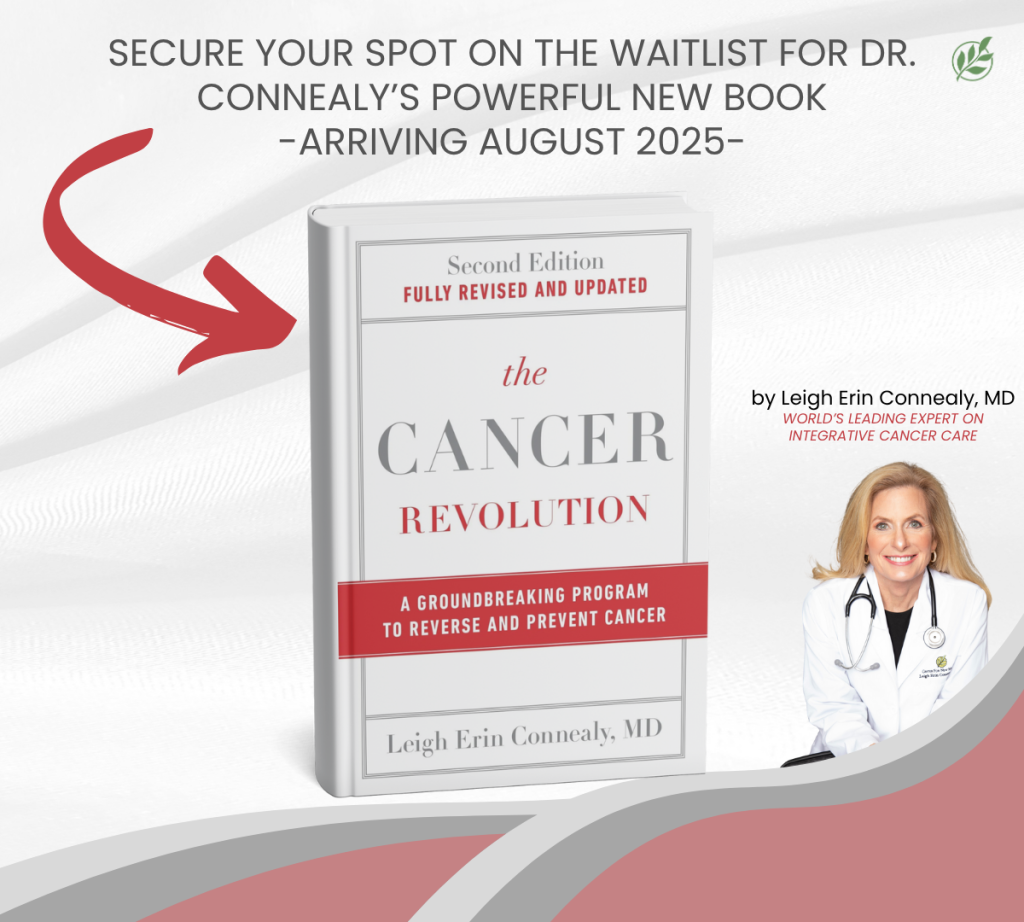When facing a cancer diagnosis, many people instantly think of chemotherapy. This hard-hitting approach to treating cancer is commonplace in cancer centers. And no wonder, because it is overall highly effective at targeting cancer cells.
However, many people wonder or worry about the side effects associated with chemotherapy, as there is no question that it is hard on the body.
You might expect an integrative clinic such as the Cancer Center for Healing in Irvine, California, to reject chemotherapy as too invasive or mainstream, since we value integrative medicine. However, we utilize low-dose chemotherapy as part of our integrative oncology approach to cancer treatment.
We recognize that there is not a one-size-fits-all approach to treating cancer, which is why it’s vital for us to understand how much chemotherapy a person can have or should have as part of their low-dose chemotherapy care.
Chemotherapy dosing depends on multiple factors, including age, gender, overall health, disease progression, and prior treatments. Understanding these variables is key to creating a personalized treatment plan that balances effectiveness with safety.
That’s why we at the Cancer Center for Healing combine the science-backed approach of chemotherapy with a holistic and whole-body approach to treating cancer.
Learn more about our integrative approach at cancercenterforhealing.com/low-dose-chemotherapy-overview.
Understanding Chemotherapy Dosing
When patients ask, “How much chemotherapy can a person have?” they are essentially asking how much their body can safely tolerate. Standard chemotherapy doses are often calculated based on body surface area (BSA) or weight, aiming for the maximum tolerated dose (MTD) that can attack cancer cells without causing life-threatening toxicity.
However, factors such as age, organ function, prior treatments, and the aggressiveness of the cancer influence how much chemotherapy a person can safely receive. For example…
- Older adults may tolerate lower doses due to decreased kidney or liver function.
- Younger patients may endure higher doses but require additional support to manage side effects.
- Patients with advanced disease may need dose adjustments to balance treatment efficacy with quality of life.
- Gender differences can also affect drug metabolism, influencing tolerances.
Because these variables differ for each individual, the question of how much chemotherapy a person can have requires careful, personalized assessment.
Low-Dose Chemotherapy as a Personalized Option
The Center for New Medicine, affiliated with the Cancer Center for Healing, embraces low-dose chemotherapy as a part of integrative oncology. This approach uses smaller, more frequent doses to reduce toxicity while still maintaining anti-cancer effects. Patients often ask, “How much chemotherapy can a person have?” and find that lower doses can be surprisingly effective when combined with supportive therapies.
Low-dose chemotherapy may be administered weekly or biweekly, rather than in large doses with long breaks. This metronomic scheduling helps maintain consistent pressure on cancer cells while allowing the body to recover more efficiently between treatments.
Side Effects on the Body and Immunity
Chemotherapy impacts both cancerous and healthy cells, particularly those that divide rapidly. Common side effects include the following:
- Fatigue and reduced energy
- Digestive upset, nausea, or loss of appetite
- Hair thinning or hair loss
- Suppressed immune function, increasing infection risk
- Mild anemia or low platelet counts
With low doses or carefully personalized dosing, the severity of these side effects can be mitigated. Supporting the body’s natural immunity is a key priority at the Cancer Center for Healing, as a stronger immune system aids recovery and helps patients tolerate ongoing treatment.
Integrative Supportive Therapies
Patients seeking guidance on how much chemotherapy a person can have benefit from integrative oncology, which combines minimal chemotherapy with supportive therapies. At the Cancer Center for Healing, these may include the following:
- IV nutrient therapy, including antioxidants to reduce oxidative stress
- Detoxification programs to support liver and kidney function
- Nutritional counseling to maintain optimal cellular health
- Mind-body therapies, such as meditation, acupuncture, or gentle movement, to reduce stress and promote emotional wellness
By pairing chemotherapy with these supportive treatments, patients experience better tolerance, fewer side effects, and improved overall quality of life.
Age, Disease, and Personalized Dosing
The question of how much chemotherapy a person can have is influenced by age and disease status. For instance…
- Younger patients may tolerate standard or slightly reduced doses while maintaining energy levels.
- Older patients or those with comorbidities often benefit from low-dose strategies, reducing the risk of severe fatigue or organ stress.
- Patients with slow-growing tumors may receive lower, more frequent doses to maintain consistent treatment pressure without compromising quality of life.
- Patients with aggressive or advanced disease may still receive higher doses but with integrative support to protect immunity and overall health.
Personalized assessment ensures that each patient receives an effective yet safe dose.
Embracing a Middle Ground
Cancer treatment does not need to be extreme. Patients often feel caught between a sterile, impersonal hospital and a holistic retreat. The Cancer Center for Healing embraces a middle ground, offering scientifically grounded chemotherapy alongside integrative therapies that support the whole person.
Low-dose chemotherapy exemplifies this philosophy: it allows patients to receive effective anti-cancer therapy while minimizing toxicity and supporting natural healing. By combining conventional science with complementary interventions, patients receive treatment that is both effective and compassionate.
An Integrative Approach to Treating Cancer
Understanding how much chemotherapy a person can have depends on multiple factors, from their age and gender to health history and current needs. That’s where the holistic approach to treating cancer shines, allowing the professionals at the Cancer Center for Healing to target cancer even more effectively.
Our team provides detailed consultations, personalized treatment plans, and support from an integrative perspective. That way, each of our patients understands their options and feels empowered throughout their cancer journey.
If you want to explore how much chemotherapy you can safely receive, including low-dose options that integrate with supportive therapies, visit cancercenterforhealing.com/low-dose-chemotherapy-overview.
The Cancer Center for Healing exists to help patients navigate cancer treatment with confidence and hope. That’s why we combine science with holistic support and professional compassion every step of the way.
